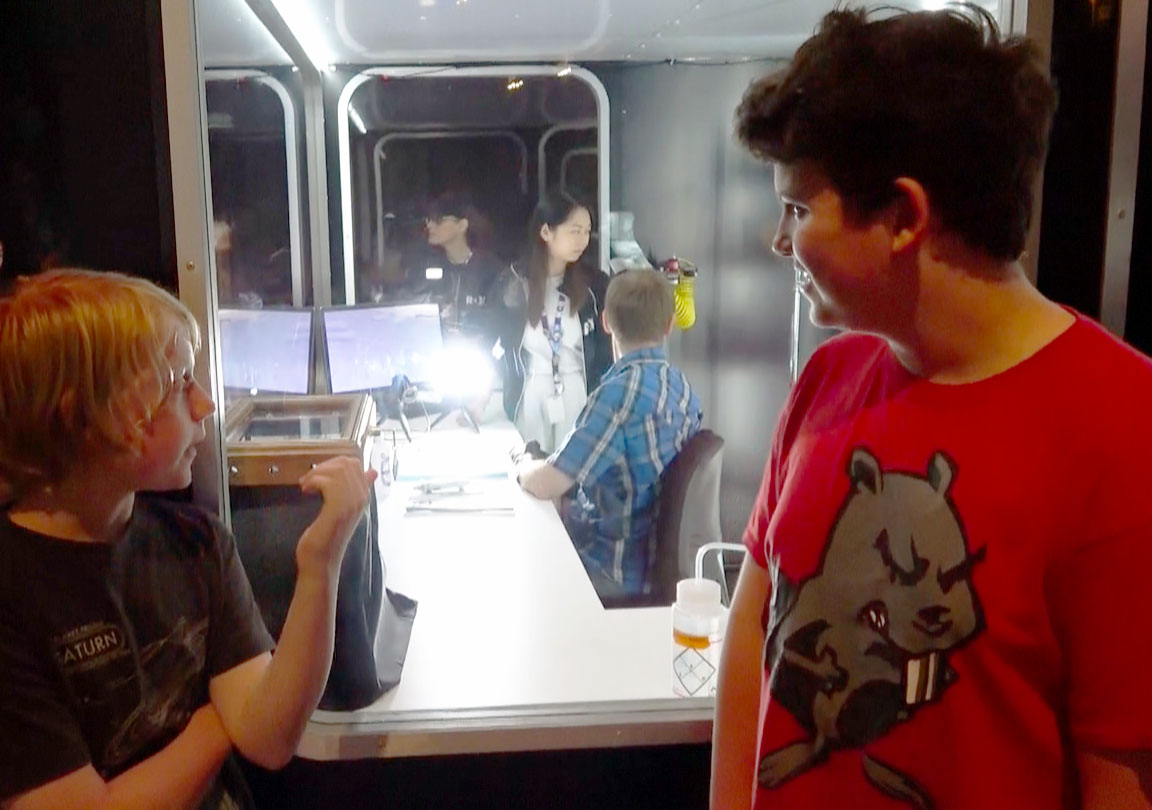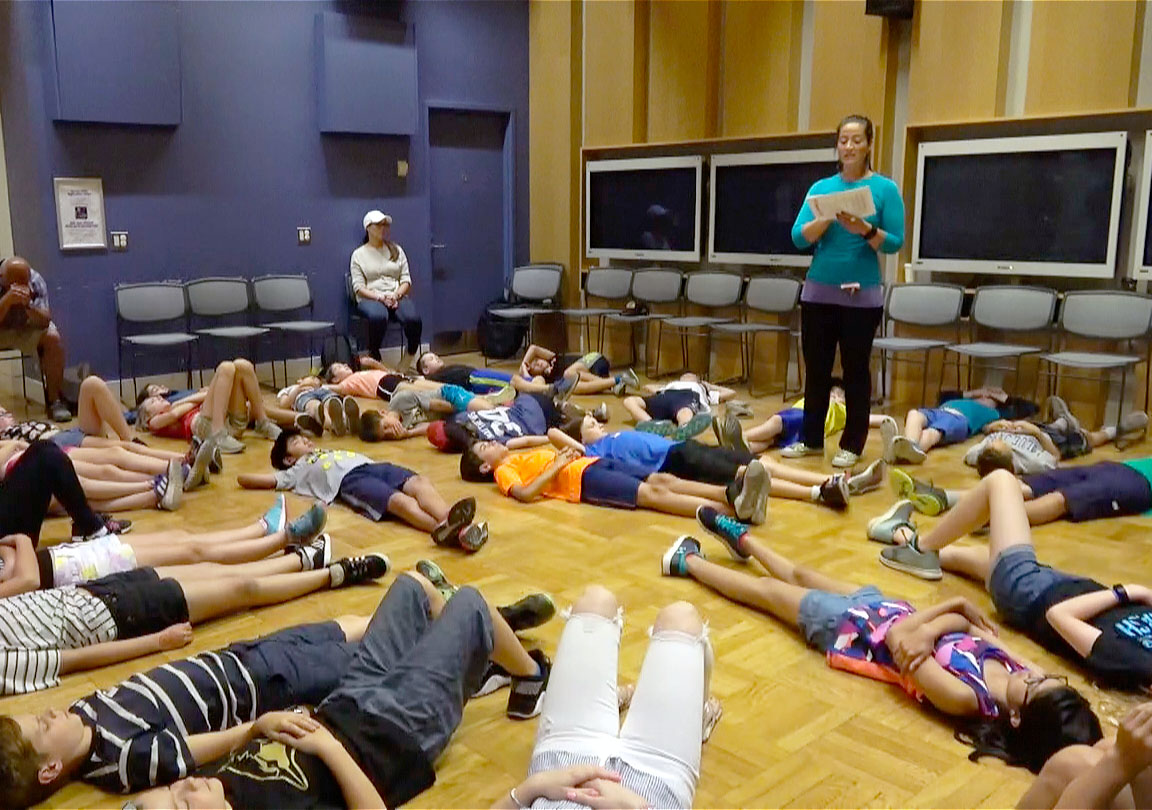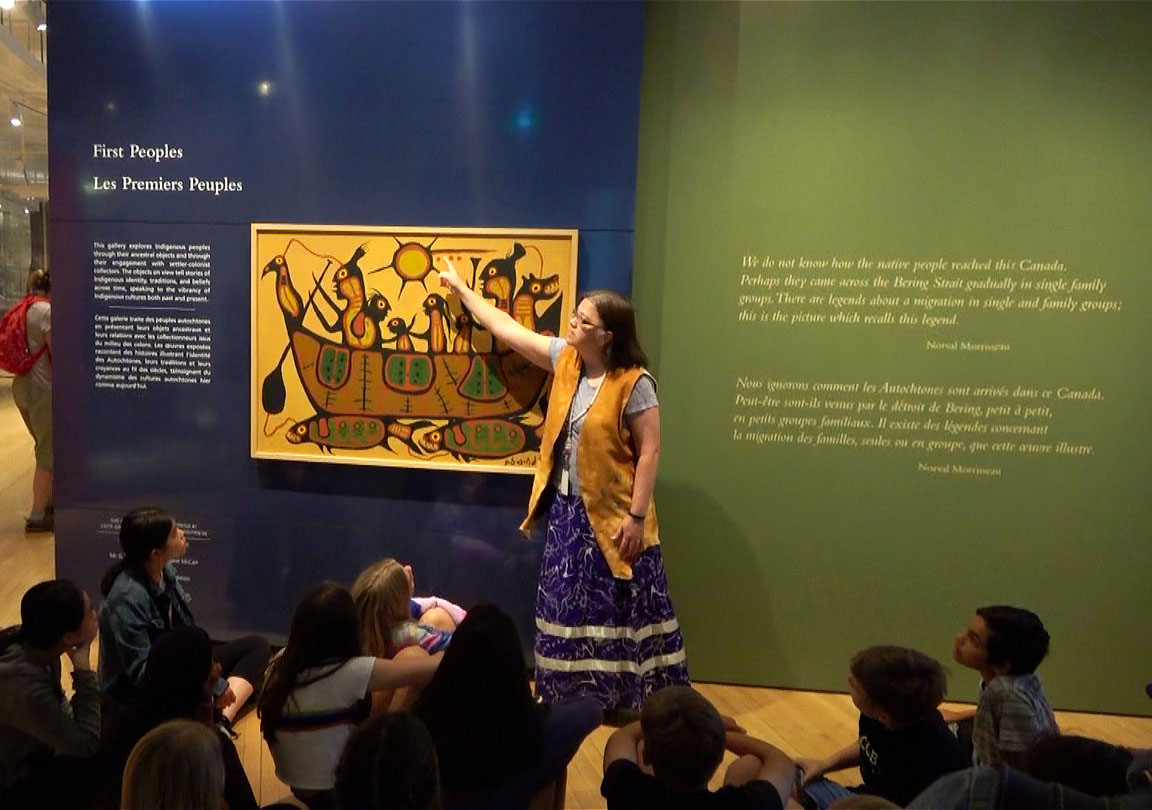Appreciation of Indigenous Storytelling with Sister Spider
Written by Carly Brascoupé, Kiowa Wind Memorial Indigenous Youth Intern
 These infamous animals were around long before the time of dinosaurs. They can dance, weave, burrow, hunt, parachute across hundreds of kilometres, and even lose a limb and grow it back. They make a significant contribution to the biological control of pest insects and most are quite harmless to humans. We are talking about the arthropods that have eight legs – spiders – that are both feared and ignite curiosity. The spiders in Canada are harmless and are more friend than foe. They benefit our homes, flowers, and gardens.
These infamous animals were around long before the time of dinosaurs. They can dance, weave, burrow, hunt, parachute across hundreds of kilometres, and even lose a limb and grow it back. They make a significant contribution to the biological control of pest insects and most are quite harmless to humans. We are talking about the arthropods that have eight legs – spiders – that are both feared and ignite curiosity. The spiders in Canada are harmless and are more friend than foe. They benefit our homes, flowers, and gardens.
From now to January 6, 2019, learn more about these crawlers and related scientific discoveries in the new exhibition, Spiders: Fear and Fascination, with over 400 live and preserved arachnids, a live spider lab, and numerous interactive installations. If you are skeptical and fear these arachnids, this curated experience will surely give you a different perspective on spiders. A new discovery about arachnids could teach you a thing or two, such as how spider venom can be used for medicinal purposes and spider silk as fashion garments. A dedicated display in the exhibition presents North American Indigenous peoples’ creation stories about spiders, a detailed woven dreamcatcher, and artwork from the Amazonian and Brazilian Indigenous peoples.
Video by Devlin Williams, Indigenous Digital Learning Intern
 June 21, 2018 was National Indigenous Peoples Day, and the Royal Ontario Museum offered a special event, Appreciation of Indigenous Storytelling with Sister Spider, to Grades 4 to 8 school groups to celebrate. Students and teachers explored Sister Spider stories with Cheri Maracle and toured the Daphne Cockwell Gallery dedicated to First Peoples art & culture and the Spiders: Fear and Fascination exhibition.
June 21, 2018 was National Indigenous Peoples Day, and the Royal Ontario Museum offered a special event, Appreciation of Indigenous Storytelling with Sister Spider, to Grades 4 to 8 school groups to celebrate. Students and teachers explored Sister Spider stories with Cheri Maracle and toured the Daphne Cockwell Gallery dedicated to First Peoples art & culture and the Spiders: Fear and Fascination exhibition.
The interactive workshop was led by Cheri Maracle, a multi-award nominated actor, singer, songwriter of the Six Nations Grand River Territory. Students were introduced to general theatre principles, which included warm-ups, team building activities, stage blocking, and traditional elements of storytelling. After learning about the Ojibway story How Spiders Came to Be, students rehearsed in small groups and retold their versions of the story.
 Students continued the day with a guided tour by ROM Indigenous Knowledge Resource Teachers through the First Peoples Gallery. It gave students the opportunity to explore and enhance their knowledge of traditional storytelling and the history of Indigenous ancestral objects. Lastly, the tour ended with the Spiders: Fear and Fascination exhibition.
Students continued the day with a guided tour by ROM Indigenous Knowledge Resource Teachers through the First Peoples Gallery. It gave students the opportunity to explore and enhance their knowledge of traditional storytelling and the history of Indigenous ancestral objects. Lastly, the tour ended with the Spiders: Fear and Fascination exhibition.
With nearly fifty thousand identified species in the world, spiders come in many different types and sizes. The Patu digua is no bigger than a speck of dust, and the biggest spider by mass and size is the goliath birdeater tarantula of South America: its hairy body and legs span about the size of a dinner plate. Spider web shapes are also diverse and unique; they include the triangle web, the bowl-and-doily web, the dome web, and the beautiful and iconic orb web!
There is plenty to learn and discover in this exciting exhibition. Bring your class to the ROM and learn to create your own stop motion animations that mimic spider movement in the ROM Makerspace activity!
For more information and to book your class, visit the School Visits catalogue.
